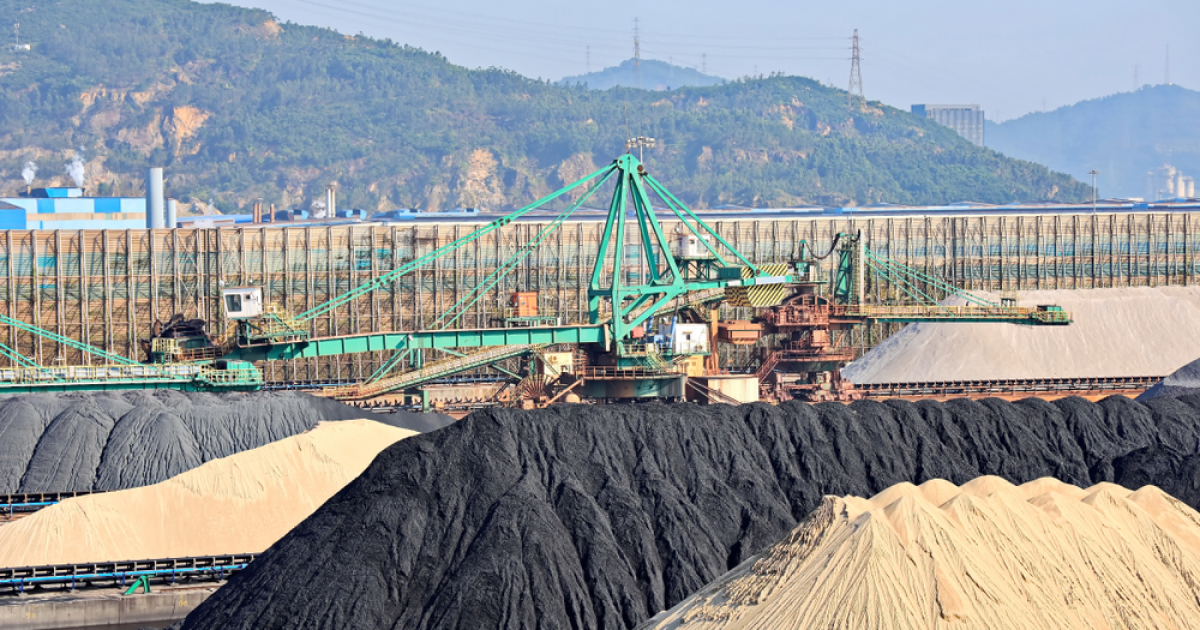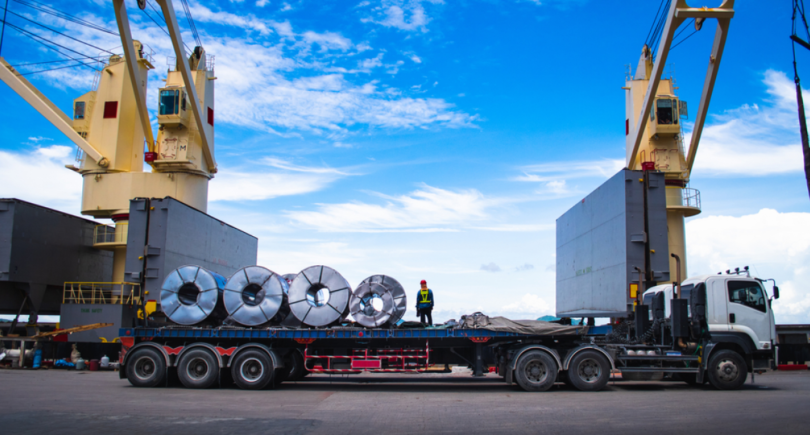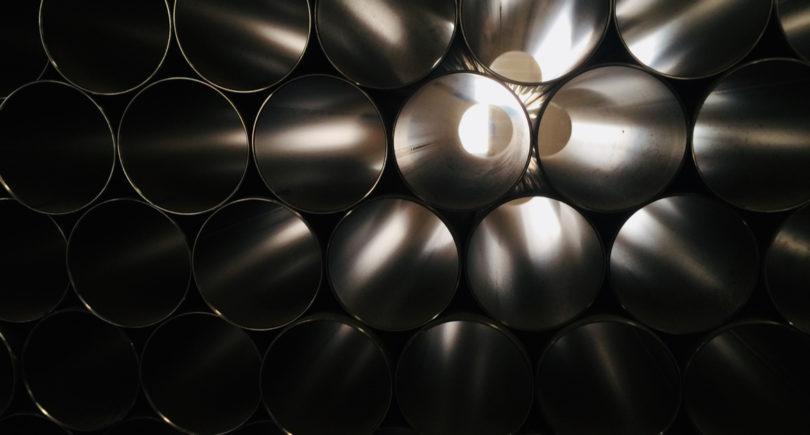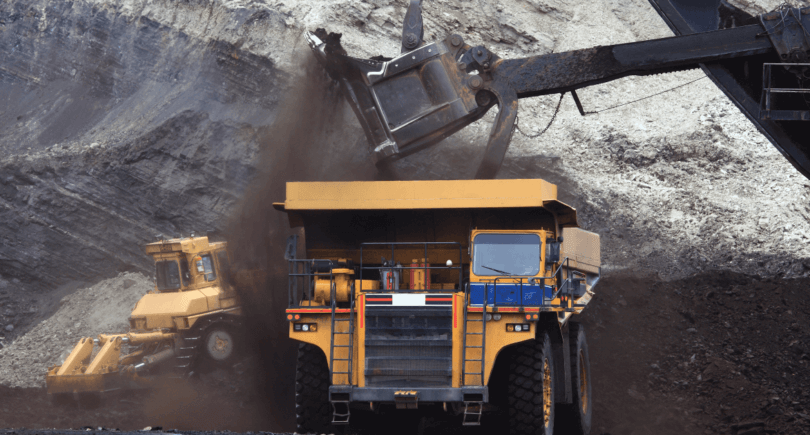
News Global Market import 1357 09 January 2025
Currently, uncertainty in the market is caused by the expectation of the Trump administration
Global seaborne iron ore imports in 2024 increased by 3.6% year-on-year to 1.707 billion tons. Reuters columnist Clyde Russell writes about this with reference to data collected by Kpler commodity analysts.
However, the analyst notes that this growth was almost entirely driven by China, the world’s largest buyer of this key steelmaking raw material. Last year, China’s maritime imports of ore increased by 4.9% y/y – to 1.274 billion tons.
According to the observer, the high level of iron ore imports to China in 2024 is somewhat illogical amid a likely decline in steel production – it is likely to fall by the end of the year compared to 2023, but will be about 1 billion tons. The main driving factors may include a lower price trend for ore during the year and the restoration of its reserves, as well as a certain role for substitution of lower-quality raw materials from domestic production.
According to Russell, the price of iron ore contracts traded on the Singapore Exchange in 2024 peaked on January 3 ($143.60/t). Then they fell to a low of $91.1/t by September 10, and recovered at $103.61/t at the end of the year.
However, the 28% drop over the year was enough to prompt Chinese steel mills and traders to increase purchases, especially in the second half of the year when prices were lower.
As of January 8, 2025, the price was $97.36/t.
Currently, the outlook for China’s iron ore and steel sectors is clouded by uncertainty over the actual policies that the new Trump administration will implement and the global response. The iron ore market is mostly in a wait-and-see mode.
The same uncertainty will affect the demand for ore outside of China, but the observer notes that some established trends may continue. Demand for this raw material in developed European countries is likely to continue to soften. In 2024, imports there fell to 85.12 million tons from 88.40 million in 2023. The United Kingdom accounted for most of the decline. Japan also saw a decline in marine ore imports last year. The decline in these volumes in Europe and Japan offset growth from smaller buyers, especially in the Middle East and North Africa.
However, the volume of maritime imports, the observer assumes, will remain more or less stable, with a reservation about Trump’s policy, which only moderately affects global growth.
ING predicts that iron ore prices will remain under pressure in 2025. These expectations are formed against the backdrop of low steel demand forecasts, strong supplies and elevated port stocks of raw materials. The bank expects the ore price to average $95 per tonne this year.
As GMK Center reported earlier, Fitch Ratings raised its iron ore price forecast for 2024 to $110/t in its December review. Previous expectations were $105/t. As before, the price for this raw material is expected to reach $90/t in 2025.




